Orthopedic, Joint Replacement & Musculoskeletal
- Home
- Orthopedic, Joint Replacement & Musculoskeletal
Orthopedic, Joint Replacement & Musculoskeletal
Orthopedic & Joint Specialty focuses on diagnosing and treating conditions related to bones, joints, ligaments, and muscles. In India, this specialty is renowned for offering advanced treatments like joint replacements, minimally invasive surgeries, and arthroscopy at affordable costs. The benefits include access to highly skilled surgeons, state-of-the-art technology, and world-class rehabilitation, making it a preferred destination for patients seeking effective orthopedic care and faster recovery. Access premier Orthopedic and Joint Replacement in India through Medkins Healthcare, which offers expert guidance to the best hospitals and specialist doctors while supporting you throughout your treatment journey.
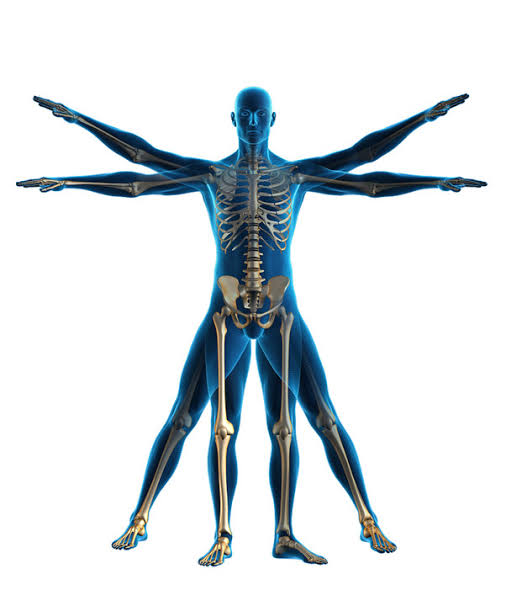
Diseases Treated by Orthopedic and Joint Replacement Surgery
Osteoarthritis – A degenerative joint disease where the cartilage between the joints wears away, causing pain, stiffness, and swelling. It’s most common in the knees, hips, hands, and spine.
Rheumatoid Arthritis – An autoimmune disorder where the body’s immune system attacks its own joint linings, causing inflammation, joint pain, deformities, and eventual joint damage.
Osteoporosis – A condition where bones become weak and brittle due to decreased bone density, making them more prone to fractures, especially in the hip, spine, and wrist.
Bone Tumors – Abnormal growth of cells within bones that can be benign (non-cancerous) or malignant (cancerous). Examples include osteosarcoma, chondrosarcoma, and Ewing sarcoma.
Paget’s Disease of Bone – A chronic disorder where bones become enlarged and deformed due to abnormal bone regeneration, leading to pain, fractures, and arthritis in the affected joints.
Osteomyelitis – A severe infection in bones caused by bacteria or fungi. It can cause bone destruction and requires urgent treatment to avoid permanent damage.
Avascular Necrosis – The death of bone tissue due to a lack of blood supply, often affecting the hip joint. It can lead to joint collapse and arthritis.
Gout – A type of inflammatory arthritis caused by the accumulation of uric acid crystals in the joints, typically affecting the big toe but can also impact knees, ankles, and other joints.
Congenital Bone Disorders – Conditions like hip dysplasia, clubfoot, and limb length discrepancies present from birth that can affect mobility and function.
Conditions Treated by Orthopedic and Joint Replacement Surgery
Fractures – Breaks in bones caused by trauma, osteoporosis, or other diseases that weaken bones. These can range from minor stress fractures to complex fractures requiring surgical intervention.
Joint Instability – Occurs when the ligaments and tissues around a joint are damaged or weakened, leading to recurrent dislocations or subluxations (partial dislocations). Common in the shoulder and knee.
Meniscal Tears – Tears in the cartilage of the knee joint (meniscus) that can cause pain, swelling, and restricted movement. Often the result of sports injuries or degeneration.
Tendon Injuries – Injuries to tendons, such as Achilles tendon rupture or rotator cuff tears, that can impair joint movement and strength.
Ligament Injuries – Common ligament injuries include ACL (anterior cruciate ligament) tears in the knee, which often occur in athletes and can cause instability and limited function.
Spinal Deformities – Abnormal curvature of the spine, including scoliosis, kyphosis, and lordosis, which may cause pain, discomfort, and mobility issues.
Bursitis – Inflammation of the bursae (small fluid-filled sacs) in joints, commonly affecting the shoulders, elbows, and hips, leading to pain and restricted movement.
Carpal Tunnel Syndrome – A condition caused by the compression of the median nerve in the wrist, leading to numbness, tingling, and weakness in the hand and fingers.
Plantar Fasciitis – Inflammation of the plantar fascia, a thick band of tissue that runs across the bottom of the foot, causing heel pain, particularly in the morning.
Procedures & Surgeries Performed in Orthopedic and Joint Replacement Department
Joint Replacement Procedures
A. Total Knee Replacement (TKR) – A surgical procedure where damaged cartilage and bone in the knee joint are replaced with metal and plastic components. It is commonly performed for severe arthritis.B. Total Hip Replacement (THR) – This procedure involves replacing the damaged hip joint with a prosthetic implant. It is typically done to relieve pain and improve function in cases of osteoarthritis or hip fractures.
C. Partial Knee Replacement – Only the damaged part of the knee joint is replaced, preserving healthy tissue and bone. It is ideal for patients with arthritis confined to a single compartment of the knee.
D. Shoulder Replacement Surgery – Involves replacing the damaged parts of the shoulder joint with artificial components, including total shoulder replacement and reverse shoulder replacement, used in cases of arthritis, fractures, or rotator cuff tears.
E. Ankle Replacement – Replaces the damaged ankle joint with prosthetics in patients suffering from arthritis or severe ankle injuries. This allows for pain relief and improved mobility.
Arthroscopy (Minimally Invasive Procedures)
A. Knee Arthroscopy – A minimally invasive procedure where a small camera is inserted into the knee joint to diagnose and treat injuries, such as meniscal tears, ACL injuries, or cartilage damage.B. Shoulder Arthroscopy – Used to treat shoulder issues like rotator cuff tears, impingement, or labral tears by inserting a small camera and surgical tools through tiny incisions.
C. Hip Arthroscopy – A minimally invasive procedure used to treat hip labral tears, cartilage damage, and hip impingement by repairing or removing damaged tissue.
D. Ankle Arthroscopy – Involves a small incision into the ankle joint to diagnose and treat injuries like ligament tears, cartilage damage, or loose bone fragments.
E. Wrist Arthroscopy – Used to treat wrist problems such as ligament tears, carpal tunnel syndrome, or ganglion cysts.
Fracture Repair and Fixation Procedures
A. Open Reduction and Internal Fixation (ORIF) – A surgical procedure to fix a broken bone using plates, screws, or rods to hold the bone in place while it heals.B. External Fixation – An external frame or scaffold is used to stabilize the broken bones, often for complex fractures or when internal fixation is not suitable.
C. Intramedullary Nailing – A metal rod is inserted into the marrow canal of a long bone (e.g., femur, tibia) to treat fractures, particularly in the legs.
D. Bone Grafting – Bone tissue is transplanted to repair damaged bones or aid in fracture healing. This can involve using the patient’s bone (autograft) or a donor’s bone (allograft).
Ligament and Tendon Surgery
A. Anterior Cruciate Ligament (ACL) Reconstruction – Rebuilding a torn ACL in the knee using tissue grafts from the patient’s body or a donor to restore stability and function to the knee joint.B. Rotator Cuff Repair – A procedure to repair torn tendons in the shoulder, which can be done using open surgery or arthroscopy.
C. Achilles Tendon Repair – Surgery to repair a ruptured Achilles tendon, restoring strength and flexibility to the calf and ankle.
D. Ulnar Collateral Ligament (UCL) Reconstruction – Known as “Tommy John surgery,” this procedure repairs a torn elbow ligament, often performed on athletes such as baseball pitchers.
Spine Surgery
A. Spinal Fusion – Two or more vertebrae are fused together to prevent movement and reduce pain in cases of spinal instability, degenerative disc disease, or scoliosis.B. Laminectomy – The removal of part of a vertebra (the lamina) to relieve pressure on the spinal cord or nerves in cases of spinal stenosis.
C. Discectomy – Removal of a herniated or damaged intervertebral disc to alleviate pain and pressure on the spinal nerves.
D. Artificial Disc Replacement – An alternative to spinal fusion where the damaged disc is replaced with an artificial one, maintaining more natural movement in the spine.
E. Kyphoplasty/Vertebroplasty – Minimally invasive procedures used to treat spinal compression fractures, where cement is injected into the vertebra to stabilize it.
Hand and Wrist Surgery
A. Carpal Tunnel Release – A procedure to relieve pressure on the median nerve by cutting the ligament compressing it, used to treat carpal tunnel syndrome.B. Dupuytren’s Contracture Surgery – Surgery to remove or release the thickened tissue in the palm of the hand that causes fingers to bend inward (contract).
C. Trigger Finger Release – A surgical procedure to release the tendon that causes a finger to lock in a bent position.
Foot and Ankle Surgery
A. Bunionectomy – The removal of a bunion, a bony bump that forms on the joint at the base of the big toe.B. Hammer Toe Correction – A surgical procedure to correct a deformity in the toes where they become bent at the middle joint.
C. Ankle Ligament Reconstruction – A procedure to repair or reconstruct torn ankle ligaments, commonly due to severe sprains or chronic instability.
Musculoskeletal Tumor Surgery
A. Bone Tumor Resection – Removal of benign or malignant bone tumors, which may also involve reconstruction using grafts or prosthetics to maintain bone integrity.B. Limb-Sparing Surgery – A procedure to remove cancerous bone while preserving as much limb function as possible, often followed by bone reconstruction or joint replacement.
Limb Lengthening and Reconstruction
A. Limb Lengthening Surgery – A surgical procedure to gradually lengthen bones, often using an external or internal fixation device, commonly used in cases of limb length discrepancy.B. Ilizarov Technique – A specialized external fixation method used to lengthen or reshape limb bones, correct deformities, or treat complex fractures.
Arthrodesis (Joint Fusion) – A procedure that permanently fuses two bones at a joint, eliminating motion to reduce pain in cases of severe arthritis or joint damage (common in the ankle, spine, wrist, and fingers).
Osteotomy – A procedure in which a bone is cut and realigned to correct deformities, relieve pressure, or shift weight-bearing. It is often used for knee realignment in early arthritis cases or hip dysplasia.
Tendon Transfer Surgery – A procedure where tendons are moved from one location to another to restore function in cases of muscle paralysis or nerve injury, such as in foot drop.
Pelvic and Acetabular Surgery – Specialized surgery to treat fractures or other injuries to the pelvis or acetabulum (hip socket), which often require precise surgical techniques and reconstruction.
Joint Debridement – The removal of damaged cartilage or bone fragments from the joint, often using arthroscopy, to reduce pain and improve joint function.
Our Focused Specialties
Multi-Specialty Care Hub
Discover India’s diverse multi-specialty health departments and treatments. We’re dedicated to ensuring a healthier tomorrow, navigating the dynamic realm of Indian healthcare. Our wide range of specialties includes top-notch hospitals, selected based on quality and healthcare facilities. Join us for a personalized journey to optimal health and wellness.
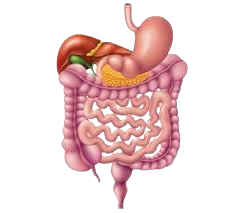
Gastro-intestine
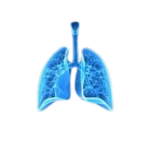
Pulmonology

Ophthalmology
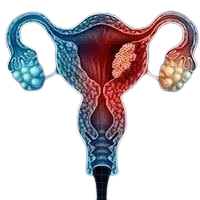
Gynaecology
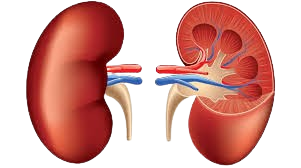
Nephrology
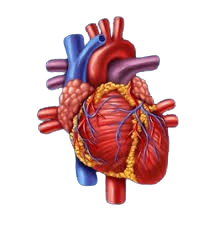
Cardiac
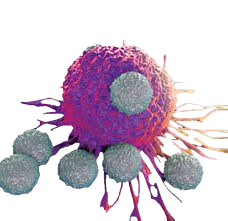
Hematology
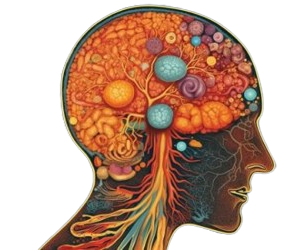
Neurology
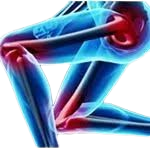
Bone & Joint
Looking for an expert !
Our Healthcare is home to some of the eminent doctors in the world

Dr Rajesh Sharma

Dr Sandeep Vaishya

Dr Sandeep Vaishya

Dr Rajesh Sharma

Dr Rajesh Sharma

Dr Sandeep Vaishya
Easy Access Links
- International Patients
- We & Why
- Core Specialites
- Common Procedures
- Hospitals
- Doctors
- Treatment Locations
- Way To Healing
- Wise to ask before
- Comfort and Satisfaction
